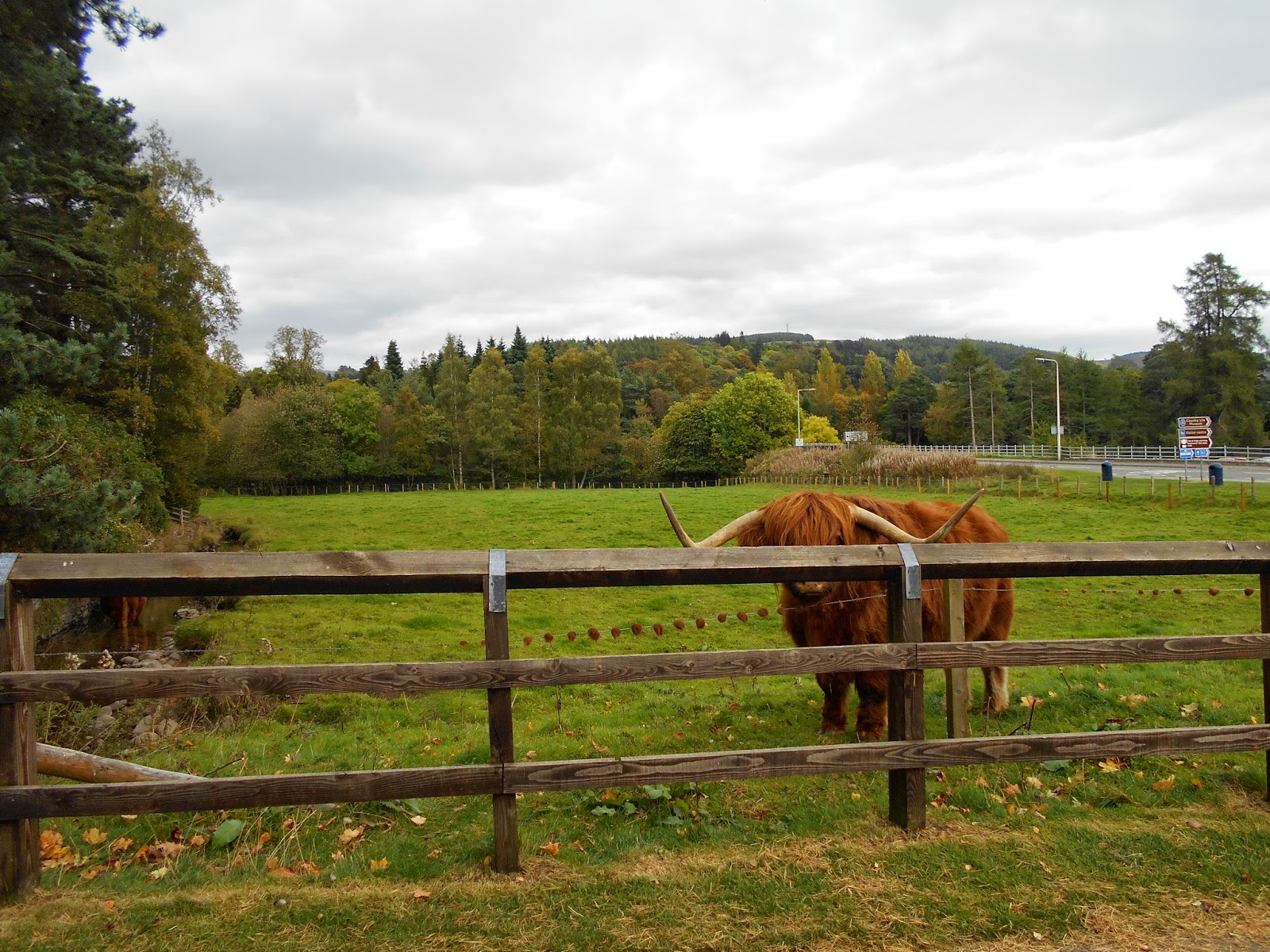Linlithgow Palace is one of the most important buildings to survive from late medieval Scotland. It was built and developed over two centuries by successive Stewart kings of Scotland. A castle or manor existed at Linlithgow at the time of David 1, the founder of the burgh, who reigned 1124-53. Edward 1 of England exploited the potential of the site as a military base in the early 1300's and created a garrison fortress.
 |
| The fountain symbolizes the kings power with the crown at the top of the fountain. This is a functional fountain today and is the first structure you see upon entering the gates. |
After the Wars of Independence, the old castle was restored for royal use once more but a great fire in 1424, destroyed the castle and much of the town. The retreating soldiers left their straw beds too close to the fireplaces and the roofs and floors of the castle were all destroyed.
From the ashes rose James 1's new pleasure palace where the sovereigns of the royal house of Stewart held court in grand style.
The name Linlithgow means 'the loch in the damp hollow' a compound of llyn "loch", llaith "damp" and can "hollow". The palace stands on a promontory overlooking the small loch.
Both James V and his daughter, Mary Queen of Scots, were born here. Mary was taken to Stirling Castle to protect her against possible abduction after she was promised to Edward, Prince of Wales as a 7month old infant.
 |
| Beautiful views out the castle windows. Would love to return on a warm day and go sailing. |
 |
| St. Michael's Parish founded 1242 |
 |
| The graveyard has some very old headstones, many of which belong to children. It was a hard life in Scotland. |

































